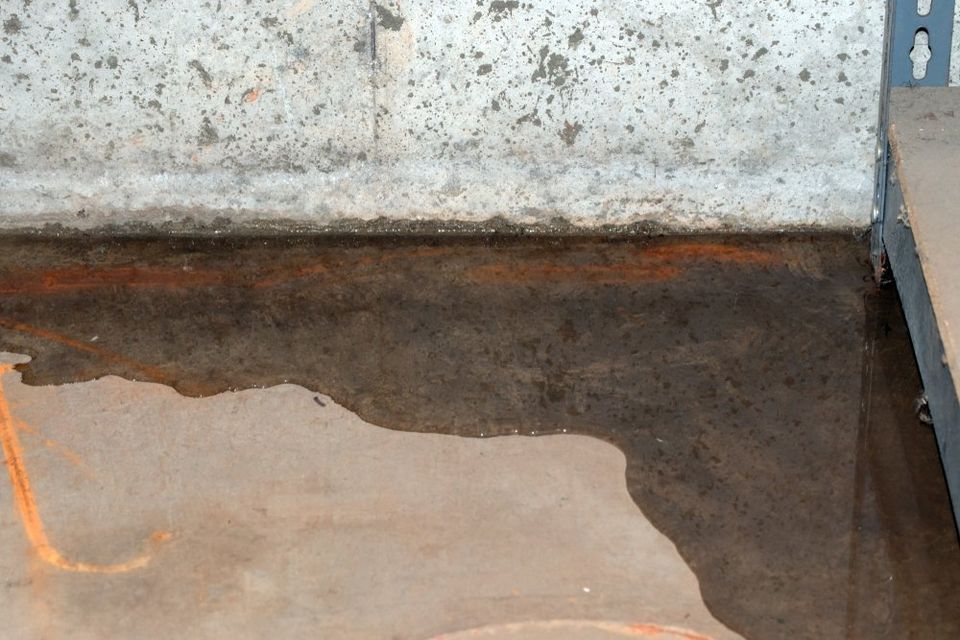This great article in the next paragraphs about 5 Home Safety Tips To Reduce The Risk Of Fire And Water Damage is truly insightful. You should check this stuff out.

Water offers life, water breach on components where it's not intended to be can result in damages. It can peel away surface areas as well as deteriorate the structure if the water soaks right into your framework. Mold and mildew and mildew likewise prosper in a moist atmosphere, which can be unsafe for your health and wellness. Homes with water damages odor old as well as musty.
Water can come from several resources such as tropical storms, floodings, ruptured pipes, leakages, and sewage system problems. In case you experience water damages, it would be good to know some security precautions. Here are a couple of standards on just how to manage water damage.
Do Prioritize Home Insurance Coverage Insurance Coverage
Water damages from flood as a result of heavy winds is seasonal. However, you can also experience an unexpected flooding when a defective pipe all of a sudden breaks right into your home. It would certainly be best to have home insurance policy that covers both acts of God such as all-natural tragedies, as well as emergency situations like broken plumbing.
Don't Neglect to Switch Off Utilities
This cuts off power to your entire home, avoiding electric shocks when water comes in as it is a conductor. Don't fail to remember to turn off the major water line shutoff.
Do Keep Proactive and also Heed Climate Alerts
Storm floodings can be extremely unforeseeable. If there is a history of flooding in your community, remain ready and also proactive. Listen to emptying warnings if you live near a creek, lake, or river . Take out prized possessions from the first stage and cellar, after that put them on the greatest possible degree. Doing so decreases possible home damages.
Do Not Neglect the Roofing System
You can stay clear of rainfall damages if there are no holes and leakages in your roofing. This will certainly protect against water from streaming down your walls as well as soaking your ceiling.
Do Take Notice Of Little Leaks
A ruptured pipe doesn't happen overnight. Typically, there are red flags that show you have weakened pipes in your house. As an example, you might notice gurgling paint, peeling wallpaper, water streaks, water stains, or leaking sounds behind the walls. At some point, this pipe will break. Preferably, you should not wait for points to intensify. Have your plumbing repaired prior to it results in substantial damages.
Do Not Panic in Case of a Ruptured Pipe
Keeping your presence of mind is important in a time of dilemma. Due to the fact that it will suppress you from acting fast, worrying will only worsen the issue. Timing is essential when it comes to water damages. The longer you wait, the more damages you can expect. Hence, if a pipe bursts in your residence, promptly shut off your primary water shutoff to cut off the source. After that unplug all electrical outlets in the location or turn off the breaker for that part of your home. Call a reliable water damage repair specialist for help.
Water gives life, water invasion on components where it's not supposed to be can result in damage. Homes with water damage smell old and mildewy.
Water damages from flooding fees to heavy winds is seasonal. You may discover bubbling paint, peeling off wallpaper, water streaks, water stains, or dripping sounds behind the walls. When it comes to water damages, timing is key.
Some Do's & Don't When Dealing with a Water Damage
DO:
Make sure the water source has been eliminated. Contact a plumber if needed. Turn off circuit breakers supplying electricity to wet areas and unplug any electronics that are on wet carpet or surfaces Remove small furniture items Remove as much excess water as possible by mopping or blotting; Use WHITE towels to blot wet carpeting Wipe water from wooden furniture after removing anything on it Remove and prop up wet upholstery cushions for even drying (check for any bleeding) Pin up curtains or furniture skirts if needed Place aluminum foil, saucers or wood blocks between furniture legs and wet carpet Turn on air conditioning for maximum drying in winter and open windows in the summer Open any drawers and cabinets affected for complete drying but do not force them open Remove any valuable art objects or paintings to a safe, dry place Open any suitcases or luggage that may have been affected to dry, preferably in sunlight Hang any fur or leather goods to dry at room temperature Punch small holes in sagging ceilings to relieve trapped water (don't forget to place pans beneath!); however, if the ceiling is sagging extremely low, stay out of the room and we'll take care of it DO NOT:
Leave wet fabrics in place; dry them as soon as possible Leave books, magazines or any other colored items on wet carpets or floor Use your household vacuum to remove water Use TV's or other electronics/appliances while standing on wet carpets or floors; especially not on wet concrete floors Turn on ceiling fixtures if the ceiling is wet Turn your heat up, unless instructed otherwise

As a fervent reader on Simple Solutions To Preventing Fire And Water Damage To Your Home, I was thinking sharing that piece of content was a smart idea. So long as you liked our post if you please don't forget to pass it around. Thanks for your time. Kindly pay a visit to our blog back soon.